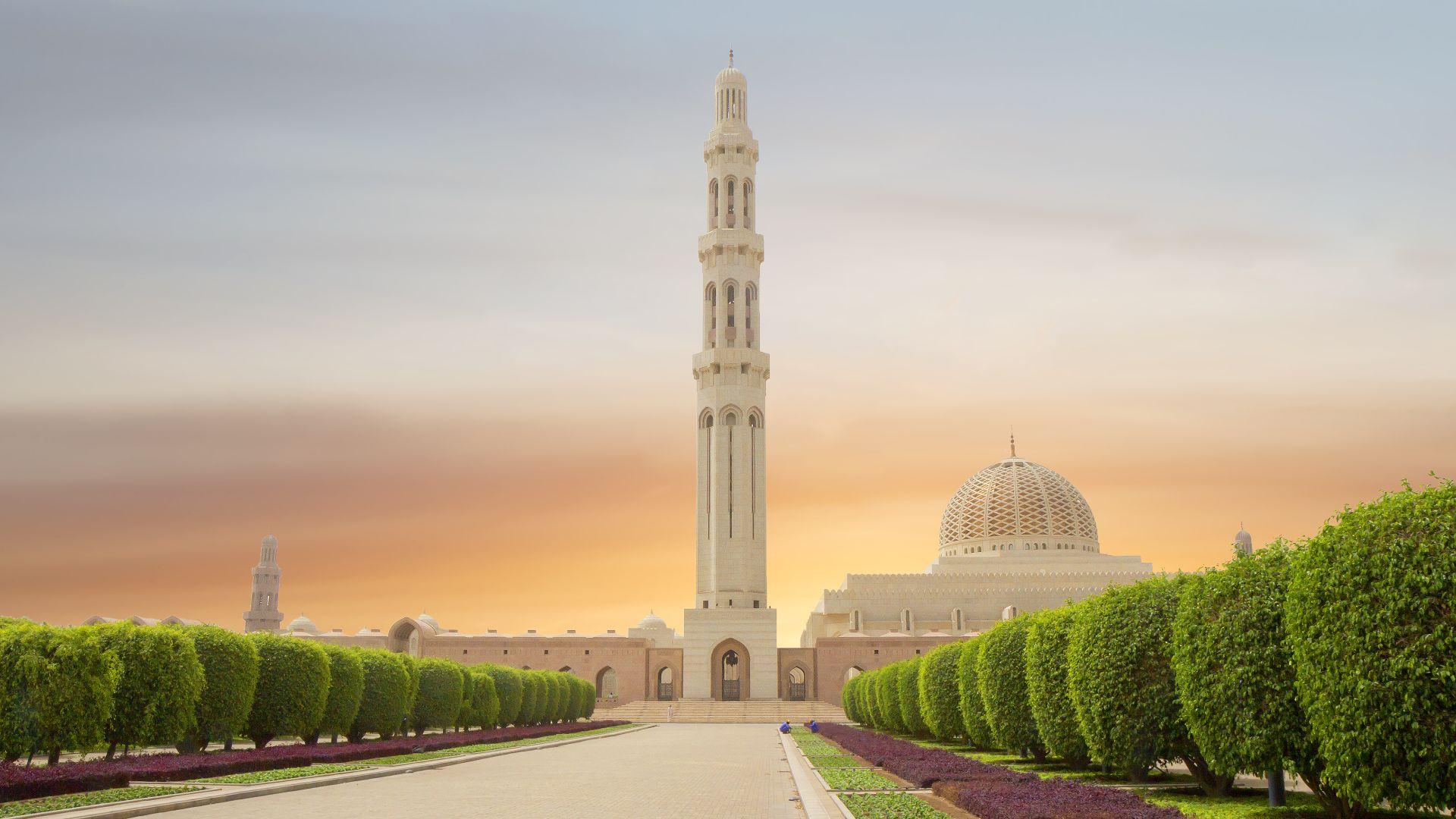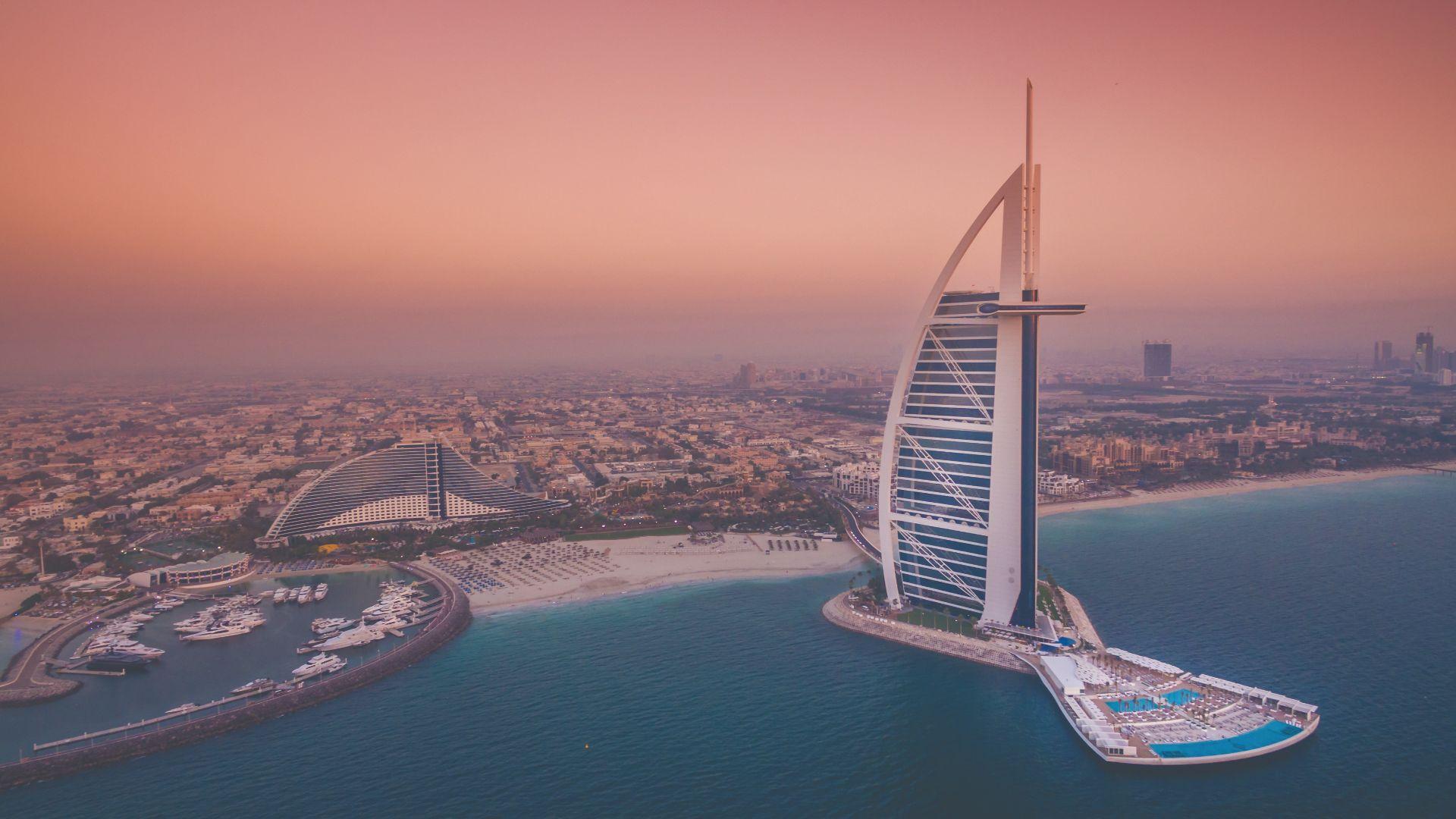
Jordan
Basic information
An enchanting country influenced by African and Asian culture due to its strategic location. Over the centuries, the Babylonian, Mesopotamian, Egyptian, Persian, Roman, and Greek empires have left their mark there. Jordan is a country that can offer you almost everything, and that is why the local people are so proud of their historical gems. The main attractions are the bustling cities, the breath-taking desert landscape, and the rich, diverse past. Jordan is home to a number of biblical sites, including the sacred Jordan River, whose valley is referred to as “the garden of the Lord” in the Book of Genesis, which flows through Jordan and Israel and is one of the most famous rivers on the planet. Mount Nebo, where Moses and his people arrived after 40 long years of wandering and saw the “Promised Land” – today’s Israel – in the distance. The sinful cities in the Vale of Siddim – Sodom and Gomorrah. Today, the biggest attraction is the ancient city of Petra, an architectural marvel carved directly into the rock, a UNESCO World Heritage Site, and declared a New 7th Wonder of the World. Relaxation by the Red Sea can be found in the resort of Aqaba in the south of the country. An authentic experience awaits you in Wadi Rum Desert, a unique place that is rightly referred to as the “Valley of the Moon”, where you will feel like you are on another planet; for this reason, the area is also popular with filmmakers. The Dead Sea has beneficial effects on human skin due to its high mineral content. It is also the lowest salt-lake in the world, at 380 metres deep. The water here is 9 times saltier than ocean water, which means you cannot sink. Its miraculous mud is said to have been used by Cleopatra, who longed for youthful skin and complexion. Jordan’s capital, Amman, with its concentration of cultural and economic activity, is also worth visiting. Nor should you miss the ancient city of Jerash, one of the best-preserved Roman cities in the Middle East.
Weather and location
The best time to visit Jordan is April to June, and then from mid-September to the end of November. There is usually no rain during the summer, but daytime temperatures are likely to reach 40 °C. Wind is also frequent during the summer, sometimes very strong, causing sandstorms. The winter is short, but very cold in Jordan. January and February are the coldest months, with temperatures between 5 and 10 °C. Snowfall is not uncommon in Amman.










